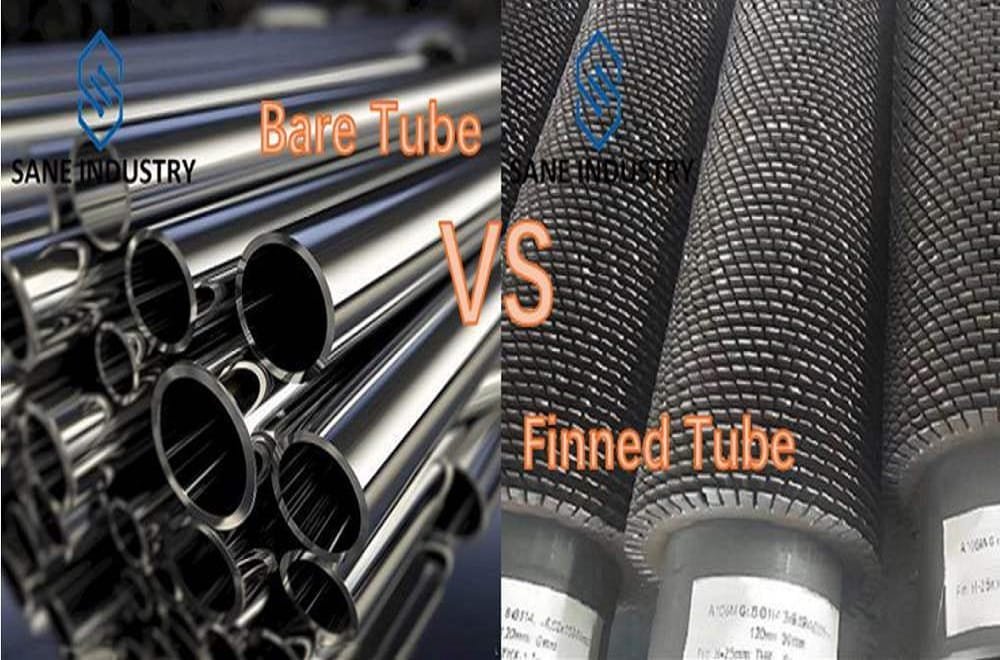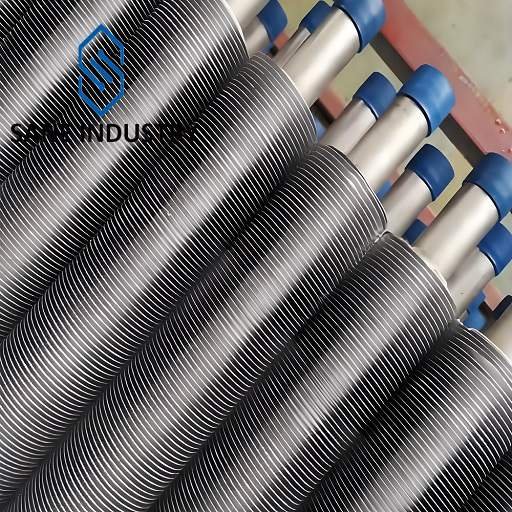Based on Manufacturing Process
- Extruded Fin Tubes: In this method, the fins are extruded directly from the base metal, typically aluminum. This results in a very strong bond between the fin and the tube, ensuring good heat conduction. It is often used in applications where high mechanical integrity and heat transfer efficiency are required, like in some high – end air – conditioning condensers.
- Welded Fin Tubes: As the name implies, the fins are welded onto the base tube. High – frequency welding is a common technique. It can be used to combine different metals, for instance, welding aluminum fins onto a steel tube. This type offers flexibility in material selection and is cost – effective for large – scale production.
- Integrally Finned Tubes: These are formed by a specialized rolling or forging process, where the fin and the tube become a single, integral piece. They have excellent heat transfer performance and are highly durable, suitable for harsh operating environments such as in power plant boile
Based on Fin Shape
- Rectangular Fin Tubes: Their flat fins are simple in design and easy to manufacture. They are often found in air handling units for building ventilation systems, providing a balance between cost and heat transfer performance.
- Spiral Fin Tubes: The spiral shape of the fins promotes better fluid mixing and a continuous heat transfer surface along the length of the tube. They are popular in applications where gas – to – liquid heat transfer occurs, like in industrial waste heat recovery systems.
Here are some common types of fin tubes:
- High Frequency Welded Finned Tubes(solid or serrated)
- H-Fin Tubes
- Longitudinal Finned Tubes
- Laser Welded Finned Tubes
- Extruded Finned Tubes
- L, LL, Kl Type Aluminum Finned Tubes
- G Type Embedded Finned Tubes
- Integral Low/High Finned Tubes




